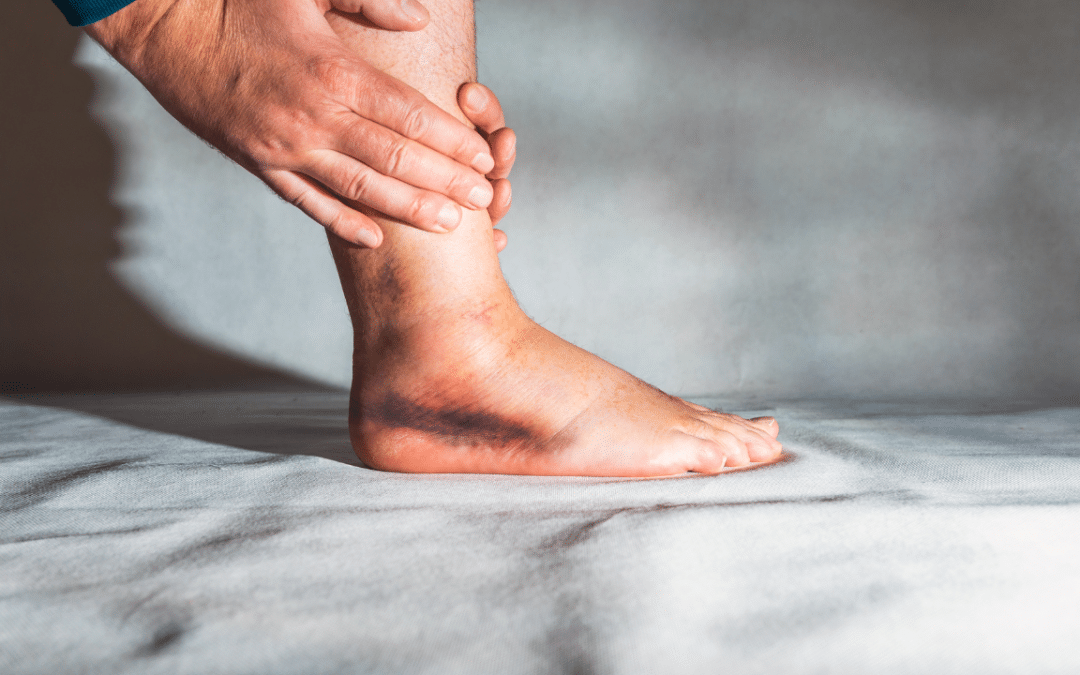
by Author | Nov 25, 2024 | Immediate Care, Sprains
To effectively heal from a sprain, you’ll want to act fast. Kick off with a solid rest period, ensuring the injured limb is elevated above your heart. Start icing swiftly to cut swelling and numb pain—apply an ice pack for 15-20 minutes every few hours. Wrap the...
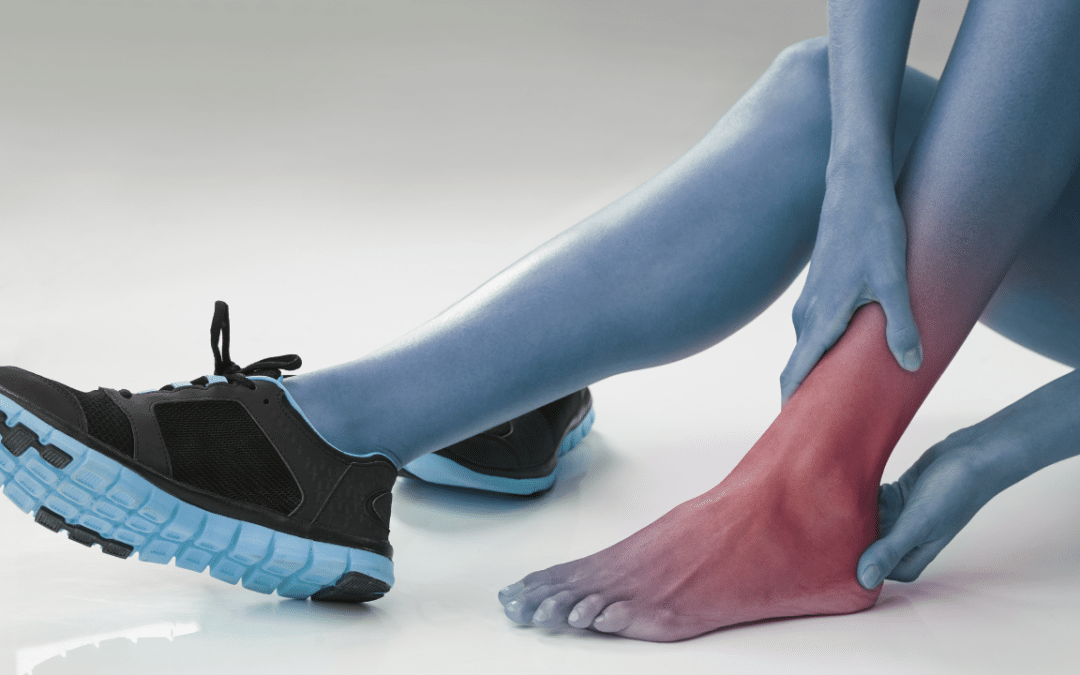
by Author | Oct 13, 2024 | Immediate Care, Sprains
When you sprain a ligament, begin with immediate rest to prevent further damage, followed by applying a cold compress wrapped in a thin towel for 15-20 minutes every 2-3 hours to reduce swelling. Use an elastic bandage for compression, ensuring it’s firm yet...
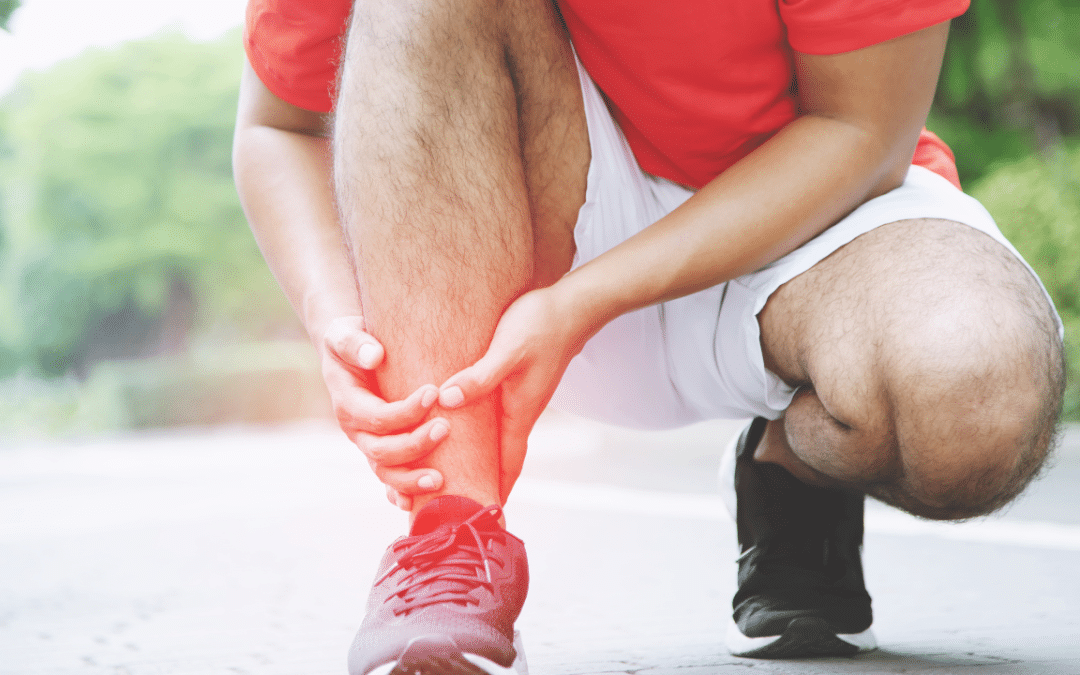
by Author | Aug 26, 2024 | Immediate Care, Sprains
If your sprained ankle causes severe pain that doesn’t improve with rest or over-the-counter meds, it’s time to see a doctor. Can’t bear weight on it, or does movement sharply increase pain? These are signs of a possibly severe injury. Notice unusual...
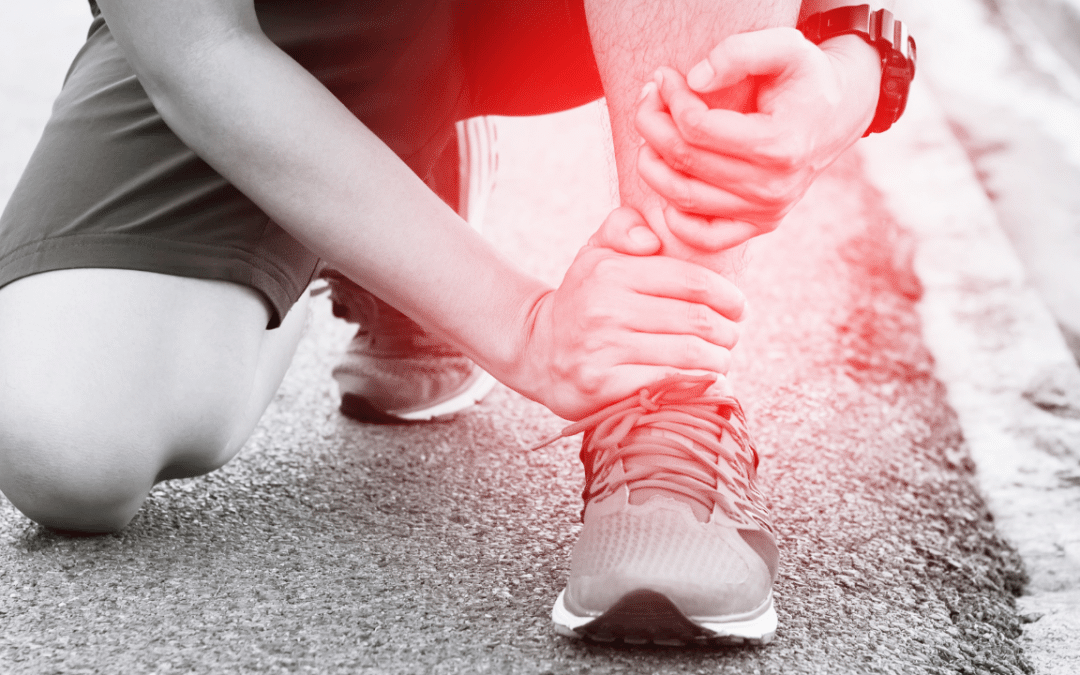
by Author | Jul 9, 2024 | Immediate Care, Sprains
For mild to moderate sprains, your body’s natural recovery can be highly effective, provided you adhere to proper self-care. Initial steps involve the RICE method: Rest, Ice, Compression, and Elevation, important for reducing swelling and strain on the injured...
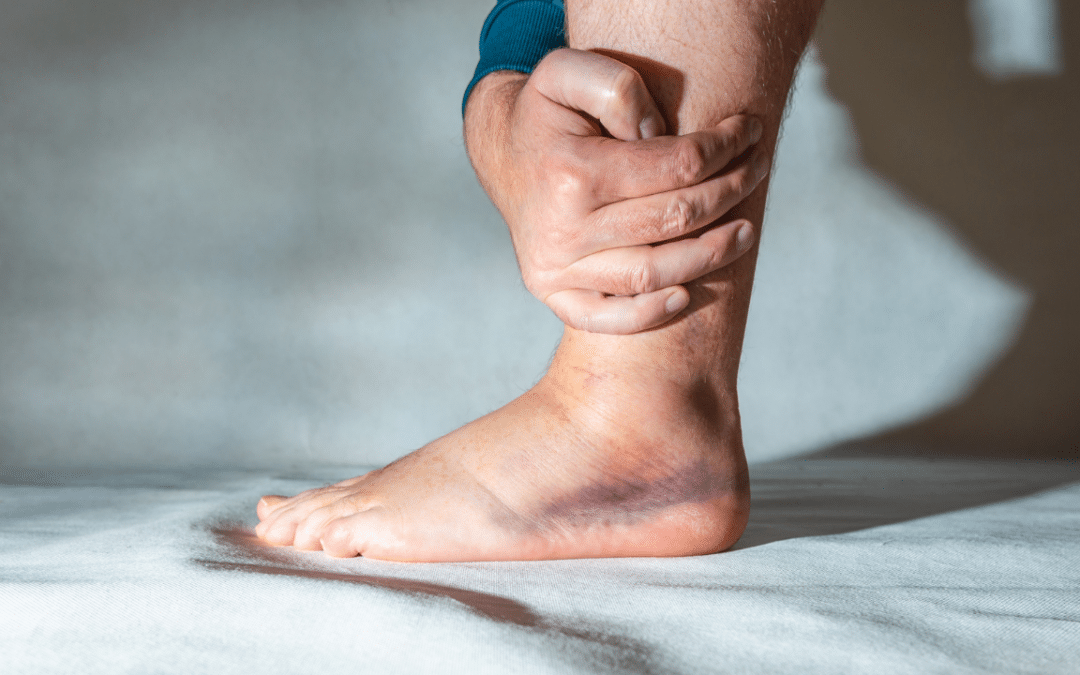
by Author | May 23, 2024 | Immediate Care, Sprains
You’ll know you’ve sprained something when you feel sharp, localized pain immediately after an injury, accompanied by swelling. A mild sprain may cause discomfort and slight swelling, but you’ll retain some range of motion. With a severe sprain,...

by Author | Apr 4, 2024 | Sprains
To differentiate a sprain from a strain, focus on the injured structure and symptoms. Sprains involve ligaments and present with joint pain, swelling, and limited movement, usually occurring in ankles or knees. Strains affect muscles or tendons, leading to pain,...







